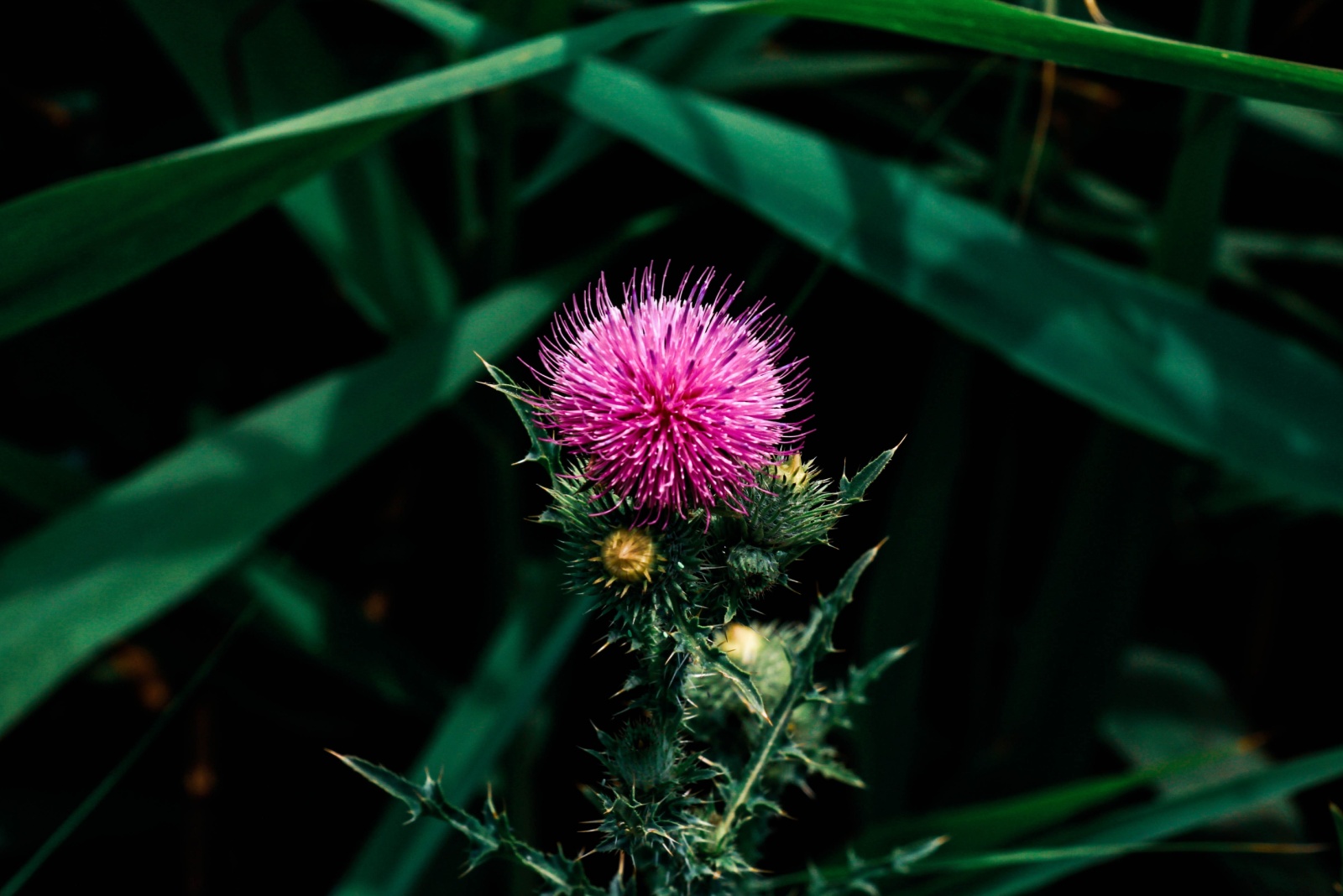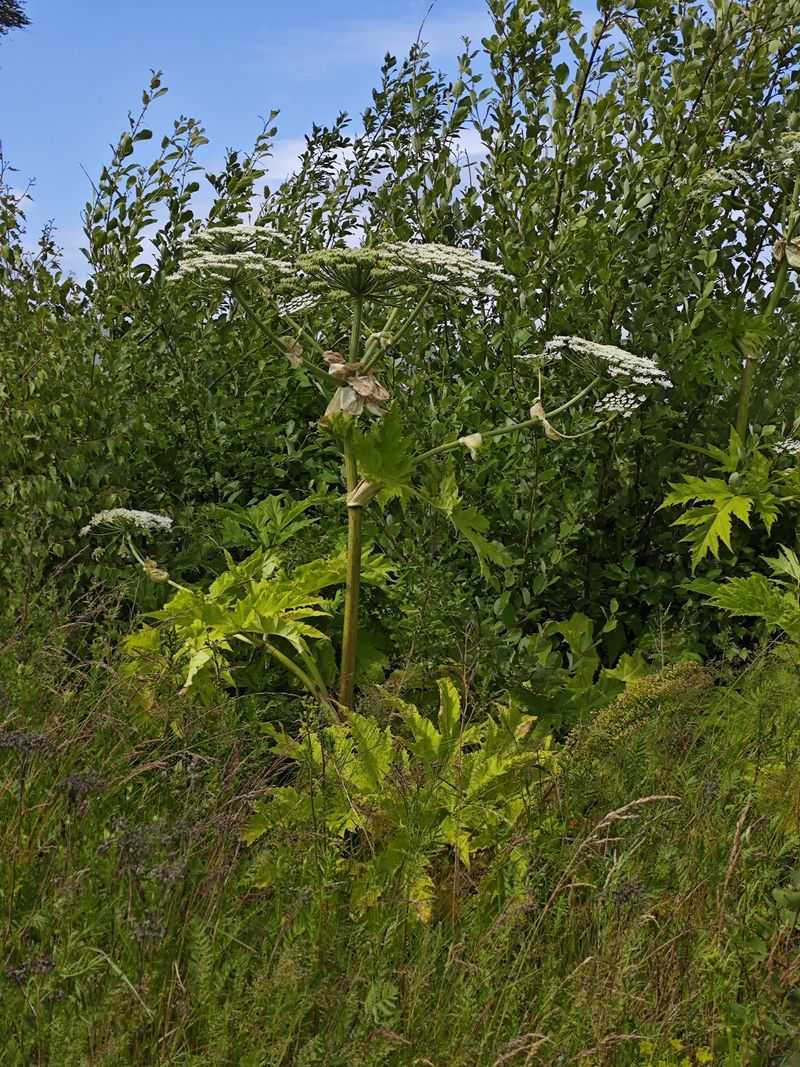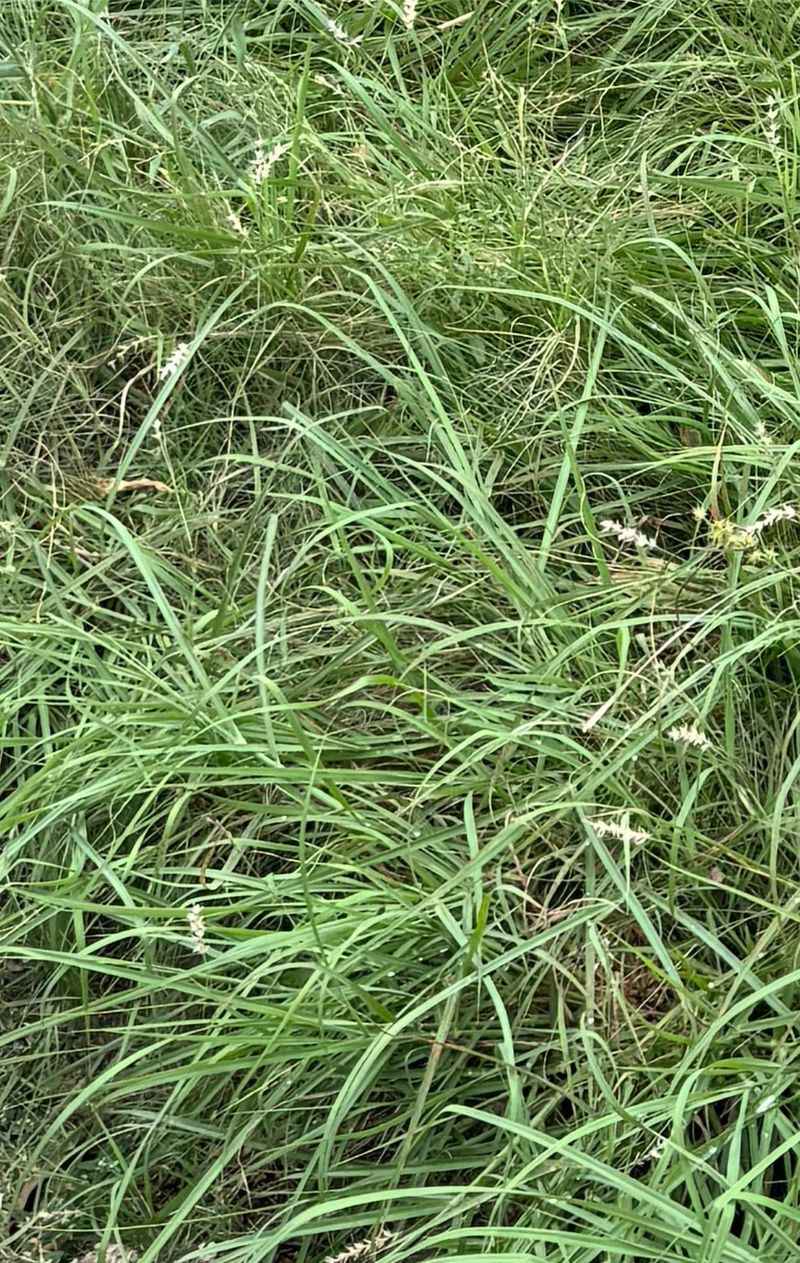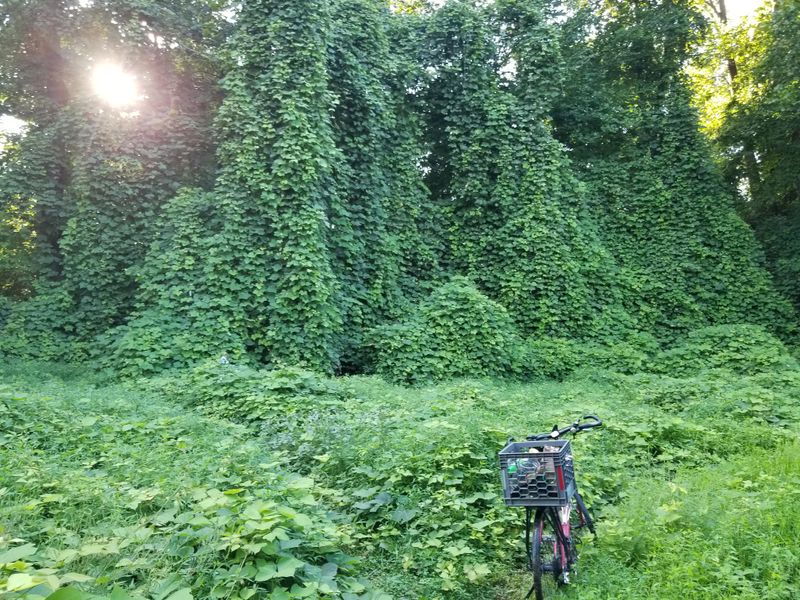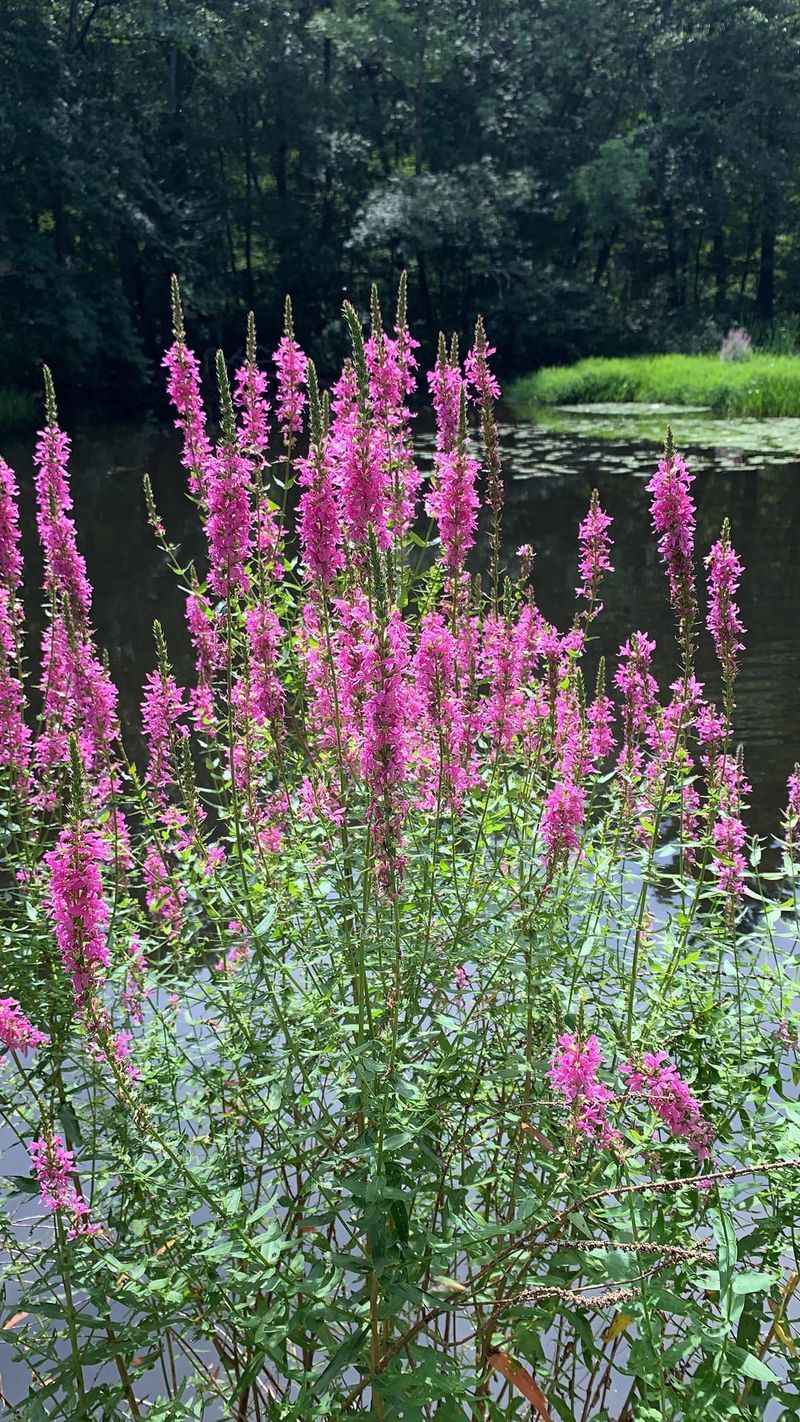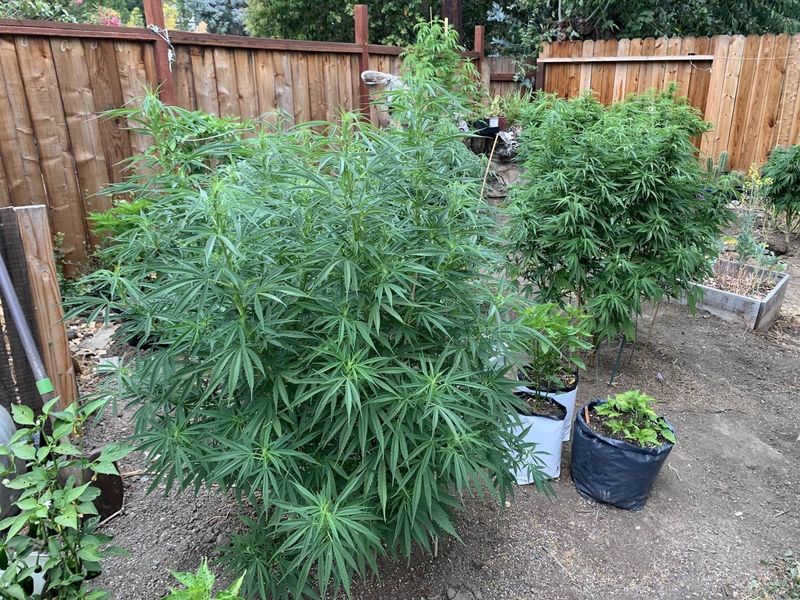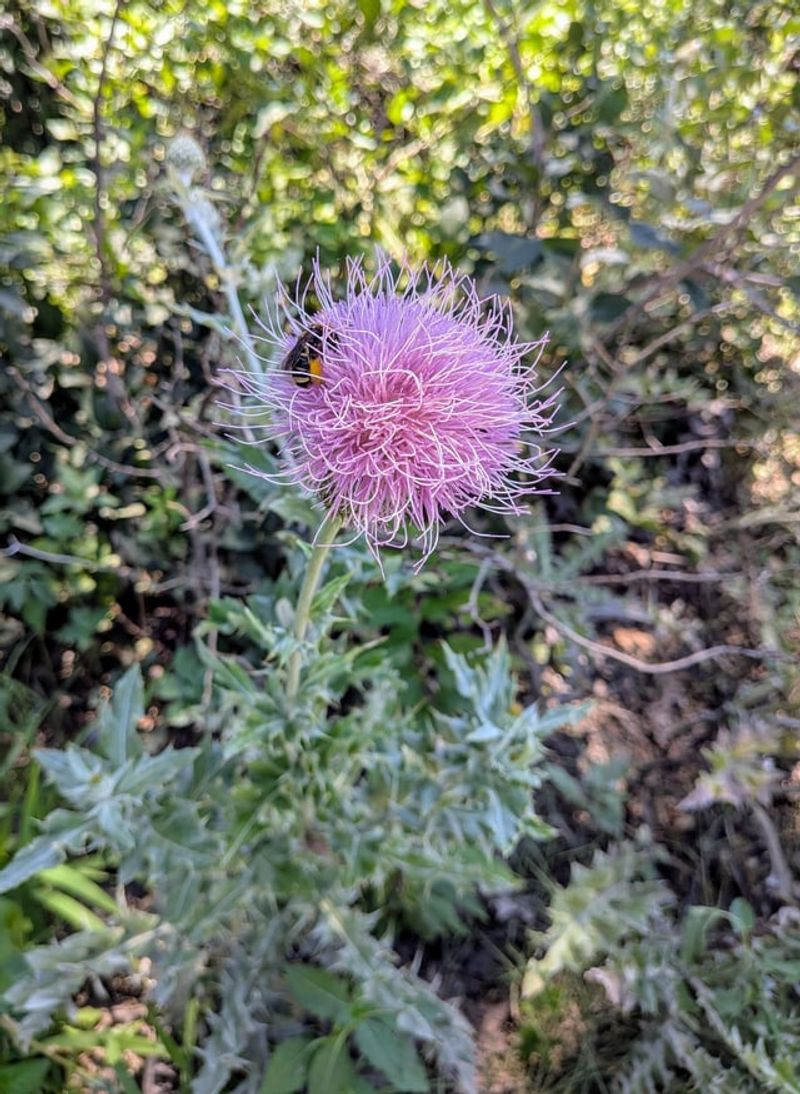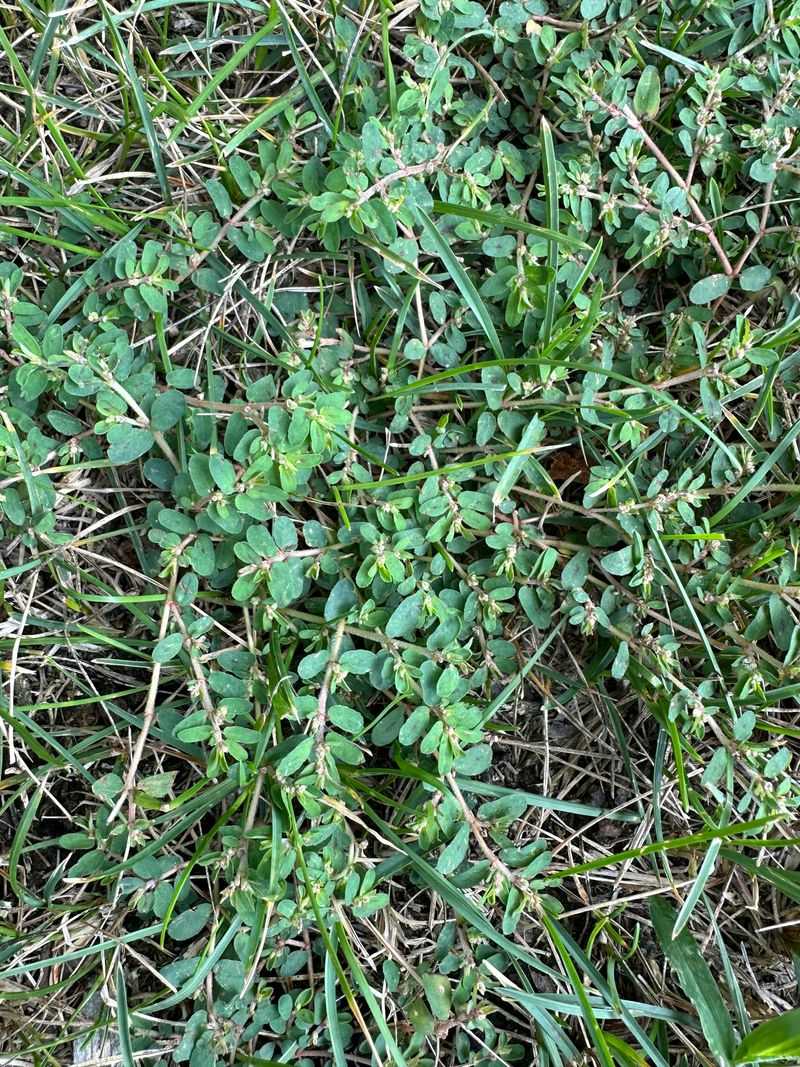Growing your own food sounds like the perfect way to enjoy fresh produce and save money at the grocery store. But did you know that some plants are actually banned from Kansas gardens?
State and federal laws restrict certain crops because they can harm local farms, spread quickly into wild areas, or cause problems for the environment. Before you plant that exciting new seed, make sure it’s legal to grow in your backyard!
1. Industrial Hemp Without a License
Kansas law requires anyone growing hemp to obtain a special license from the state. Without proper permits, planting this crop in your backyard is completely illegal, even though it looks nearly identical to other legal plants in the same family.
The state monitors hemp production carefully to ensure crops meet specific requirements. Growers must register their fields, submit to regular testing, and follow strict guidelines about the plant’s chemical content.
Backyard gardeners often get confused because hemp became federally legal in recent years. However, Kansas still controls who can grow it within state borders, making unauthorized cultivation a serious offense.
2. Opium Poppies
These beautiful flowers might seem harmless, but federal law prohibits growing opium poppies anywhere in the United States, including Kansas. The plant produces substances used to make illegal drugs, which makes cultivation a federal crime.
Many gardeners don’t realize that even ornamental varieties fall under this ban. The seed pods contain restricted compounds regardless of whether you intend to harvest them or simply enjoy the blooms.
Law enforcement takes this restriction seriously because of the plant’s connection to controlled substances. Accidentally planting them won’t protect you from potential legal consequences if discovered in your garden.
3. Giant Hogweed
Standing over ten feet tall, this invasive plant poses serious dangers to anyone who touches it. Giant hogweed sap causes severe skin burns and blistering when exposed to sunlight, making it a public health hazard throughout Kansas.
State authorities work hard to eliminate this species wherever it appears. The plant spreads aggressively through thousands of seeds, quickly taking over natural areas and pushing out native vegetation that wildlife depends on.
Property owners must report and remove giant hogweed immediately if found. Planting it intentionally would violate multiple regulations designed to protect communities from its harmful effects.
4. Johnson Grass
Originally brought from the Mediterranean as a forage crop, Johnson grass now ranks among Kansas’s most troublesome invasive plants. Its deep root system makes removal incredibly difficult once established in an area.
Farmers across Kansas consider this grass a nightmare because it competes with crops for water and nutrients. The plant also releases chemicals into soil that prevent other species from growing nearby, creating barren patches in fields.
State regulations prohibit intentionally planting or spreading Johnson grass seeds. Anyone discovering it on their property should contact local agricultural extension offices for proper removal guidance and techniques.
5. Kudzu Vine
Known as “the vine that ate the South,” kudzu grows up to a foot per day during peak season. Kansas actively prevents this aggressive climber from establishing itself within state boundaries because of its devastating impact on native ecosystems.
Once kudzu takes hold, it smothers everything underneath by blocking sunlight from reaching other plants. Trees, shrubs, and entire buildings can disappear beneath its relentless green blanket in just one growing season.
The vine spreads through both seeds and underground runners, making control nearly impossible. Planting kudzu violates Kansas regulations designed to protect forests, farmland, and natural habitats from this notorious invader.
6. Purple Loosestrife
Despite producing gorgeous purple flower spikes that attract attention, this wetland invader causes massive ecological problems. Purple loosestrife crowds out native plants that waterfowl and other wildlife need for food and shelter in Kansas marshes.
A single mature plant produces millions of tiny seeds that spread through water, wind, and animal fur. These seeds remain viable in soil for years, making eradication extremely challenging once the species becomes established.
State conservation officers actively work to prevent purple loosestrife from spreading. Growing this plant intentionally violates regulations protecting Kansas’s precious wetland habitats and the creatures that depend on them.
7. Marijuana Plants
Recreational marijuana remains illegal in Kansas, making backyard cultivation a criminal offense. State law doesn’t recognize medical marijuana either, so no exceptions exist for growing plants on private property regardless of intended use.
Penalties for marijuana cultivation vary based on plant quantity and prior offenses. Even a single plant can result in criminal charges, fines, and potential jail time under current Kansas statutes.
Some neighboring states have legalized cannabis, creating confusion about Kansas rules. However, state law enforcement continues strict prohibition, and residents caught growing marijuana face serious legal consequences despite changing attitudes elsewhere.
8. Musk Thistle
Recognized by its nodding purple flowers and sharp spines, musk thistle ranks as a noxious weed throughout Kansas. Landowners face legal requirements to control this invasive species on their property or risk fines from county authorities.
Each plant produces thousands of seeds that scatter widely, allowing rapid colonization of pastures and fields. Livestock avoid eating musk thistle because of its painful spines, leaving more room for the weed to spread unchecked.
Kansas counties enforce regulations requiring property owners to eliminate musk thistle before it goes to seed. Deliberately planting this species would violate multiple local and state agricultural protection laws.
9. Sericea Lespedeza
Originally introduced for erosion control, sericea lespedeza transformed into an ecological disaster across Kansas grasslands. This aggressive legume outcompetes native prairie plants and provides poor nutrition for cattle and wildlife.
The plant contains high levels of tannins that make it unpalatable and difficult to digest. When sericea lespedeza dominates pastures, ranchers watch their land lose value as livestock refuse to graze the areas.
State regulations classify this species as a noxious weed requiring control measures. Planting sericea lespedeza violates Kansas agricultural laws designed to preserve productive farmland and protect native prairie ecosystems from further degradation.
10. Leafy Spurge
This persistent perennial releases a milky sap that irritates skin and poisons livestock, making it dangerous for both people and animals. Leafy spurge spreads through an extensive root system that can reach fifteen feet deep into Kansas soil.
Roots store enough energy to regenerate plants even after repeated mowing or herbicide treatments. A single infestation can persist for decades, gradually expanding to cover entire pastures and displacing valuable forage plants.
Kansas classifies leafy spurge as a noxious weed requiring mandatory control by property owners. Intentionally planting this species violates state regulations protecting agricultural lands from invasive species that reduce property values and productivity.
11. Field Bindweed
Often mistaken for morning glory, field bindweed wraps itself around crops and garden plants, strangling them while stealing water and nutrients. Its roots extend over twenty feet deep, making complete removal nearly impossible without professional help.
Kansas farmers battle this vine constantly because it reduces crop yields and interferes with harvesting equipment. Even tiny root fragments left in soil can regenerate into new plants, causing infestations to bounce back quickly.
State agricultural authorities list field bindweed as a restricted noxious weed. Property owners must control existing patches, and deliberately planting this species violates Kansas laws protecting farmland from destructive invasive plants.

